Nutritionist Reveals The 10-Second Hack To Find Hidden Protein Foods

We all know by now that you need to amp up your protein intake and focus on eating high-protein food to lose weight. But can you know if something is high in protein? Ashley DiGiacomo Schwartz (@the.busy.mom.method) is a fitness and nutrition influencer and Fitness & Nutrition Body Recomposition Coach-BA/IMBA who regularly shares tips and tricks on how to lose weight. In a new Instagram post, she reveals her game-changing hack to quickly determine whether a food is high in protein.
"Not sure if something is truly high in protein? Here's a quick trick to figure it out FAST!" she writes. "Look at the calories per serving and drop the last digit (0). The number left is the minimum grams of protein the food should have to be considered high-protein."
Cottage Cheese: High Protein
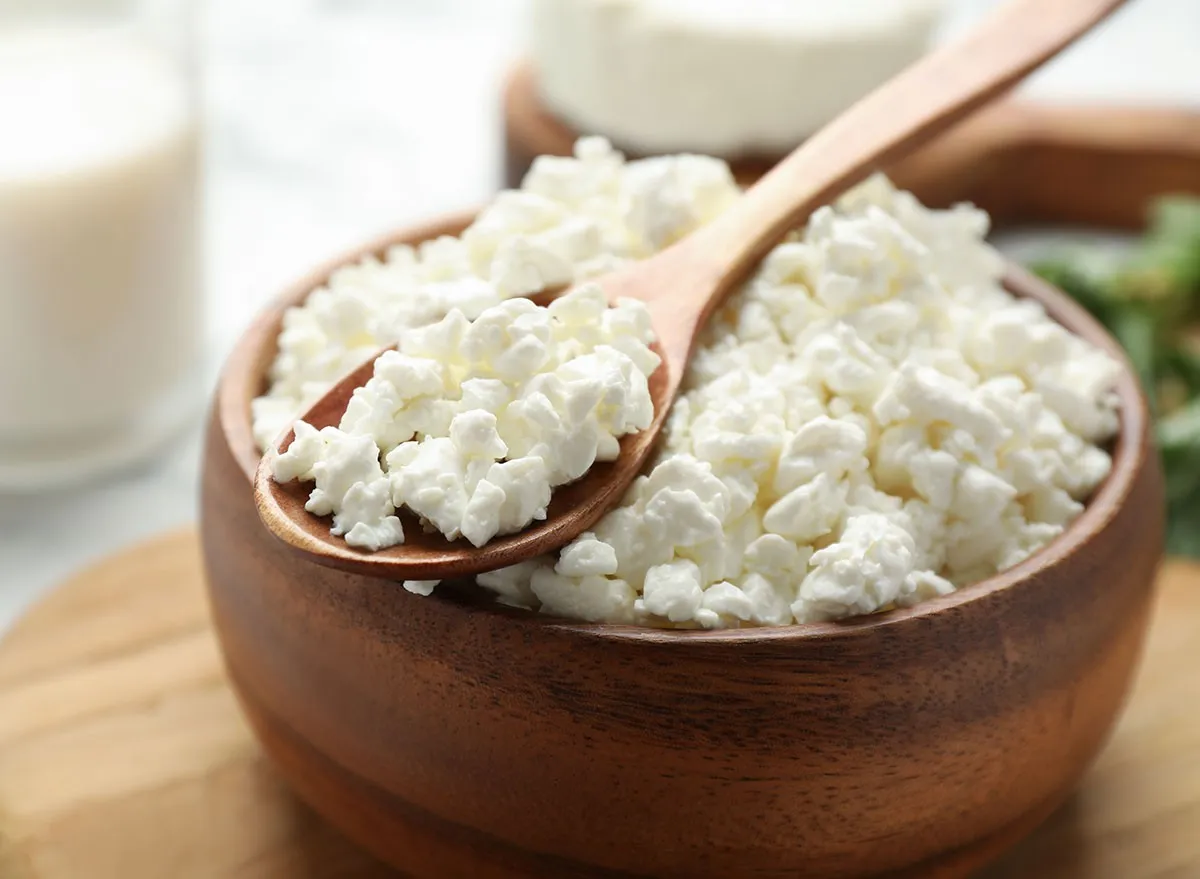
She shares a few examples, starting with cottage cheese, which has 185 calories per serving. According to her hack, it would need at least 18 grams of protein to make it high protein. "It has 25g of protein," she says. "Amazing protein source!"
RELATED: 20 Foods You Didn't Know Were Ultra-Processed
Tuna: High Protein
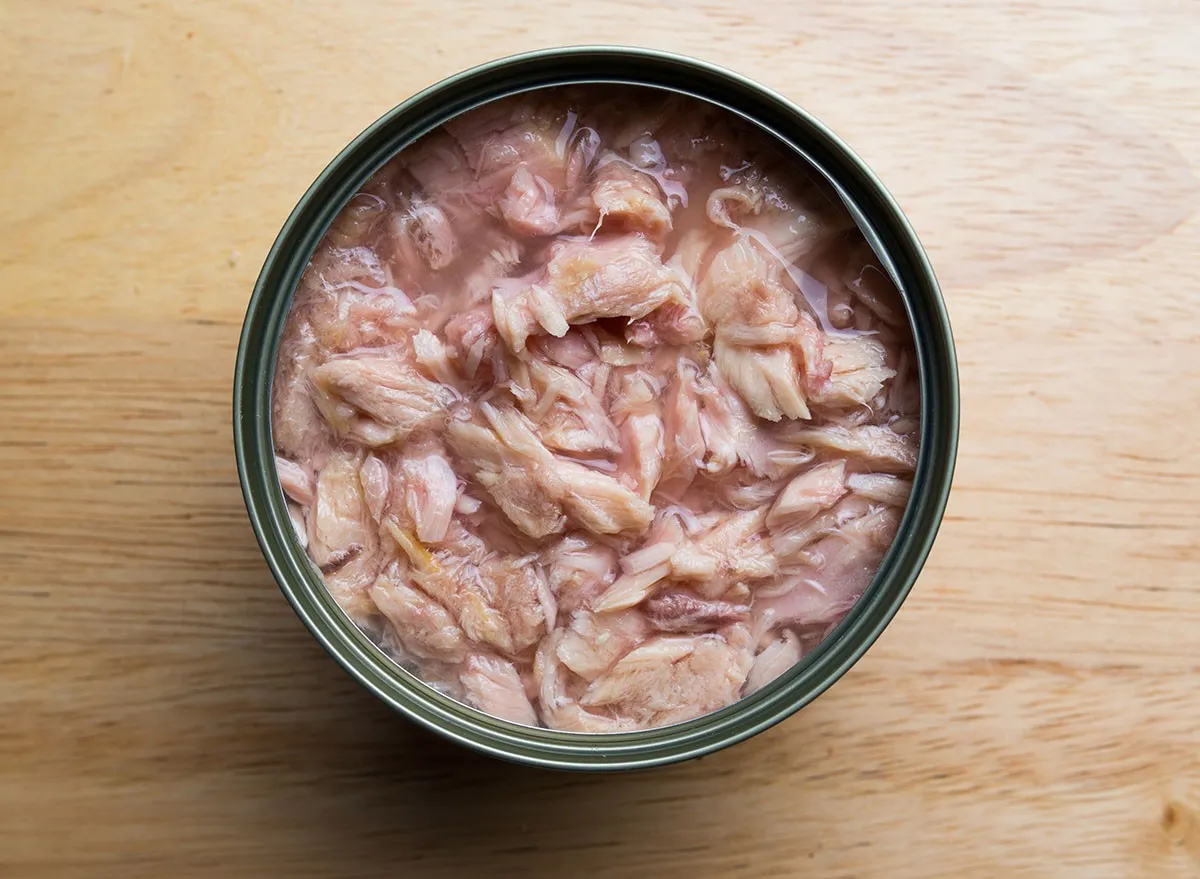
Her following example is tuna canned in water, which has 120 calories per serving. "We want at least 12g of protein," she says. Since a can has 20g of protein, it is a "powerhouse protein choice!" she says.
Greek Yogurt: High Protein
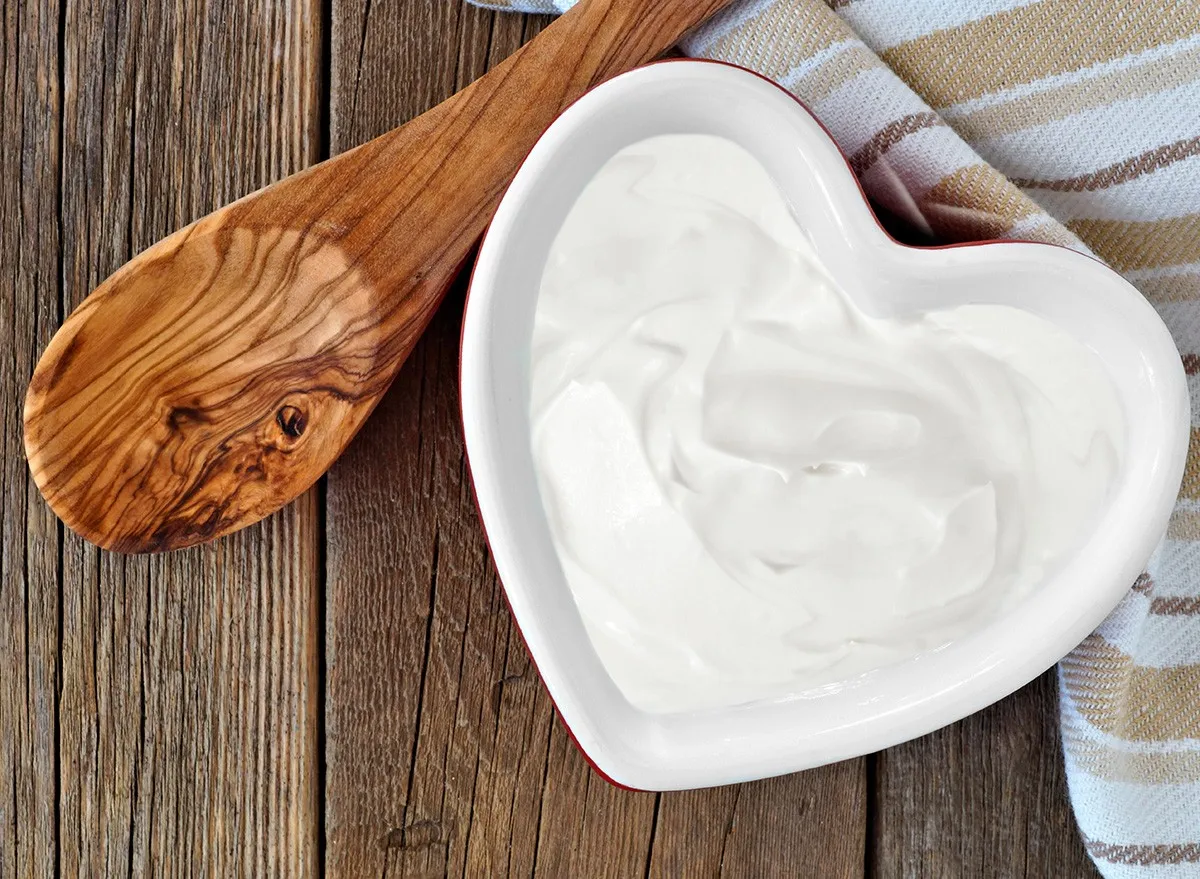
Greek yogurt, plain and nonfat, has 100 calories per serving. "We want at least 10g of protein," she says. "It has 15g of protein," making it a "great protein option!"
Mozzarella Cheese: Not High Protein
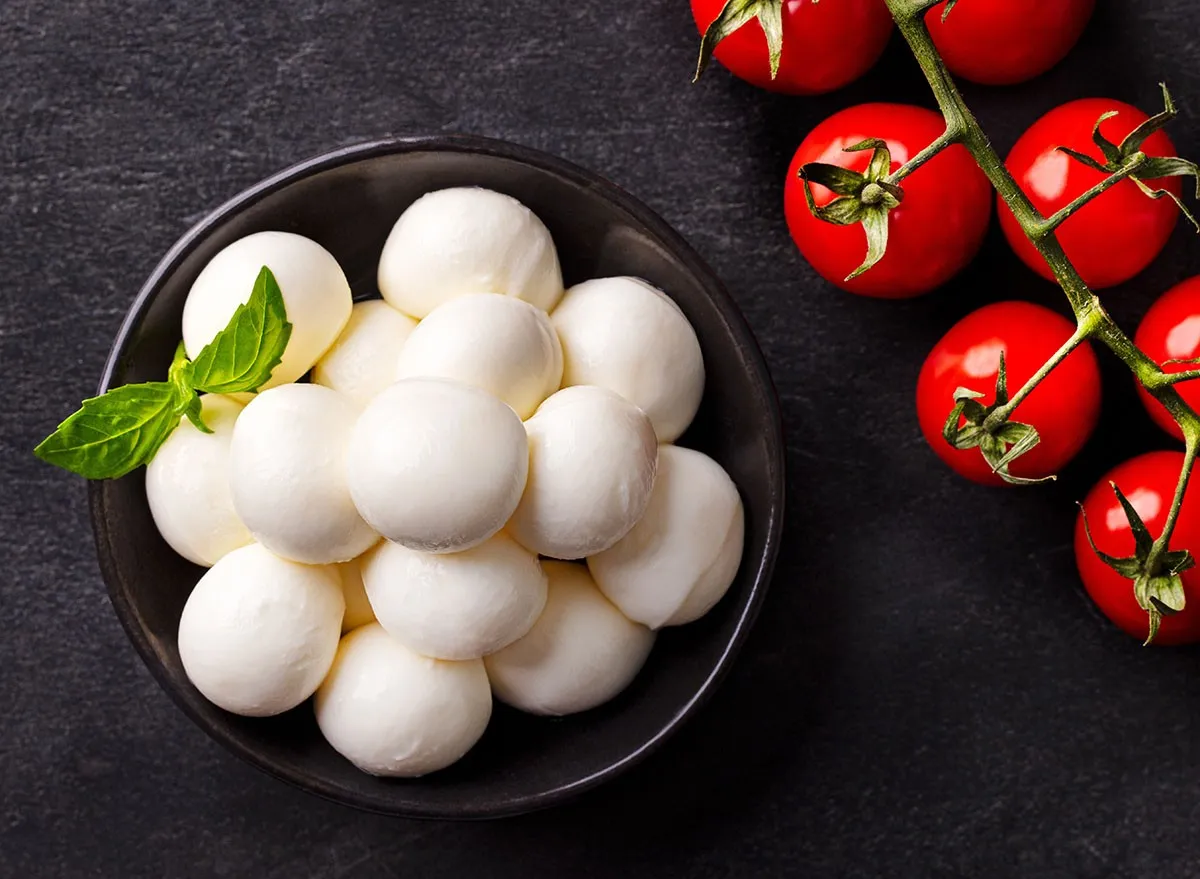
Whole milk mozzarella cheese has 85 calories per serving. "We want at least 8g of protein," she says. It isn't a great option because it only has 6g of protein. "Not a high-protein food! (Mostly fat, not protein but delicious so keep eating it!)" she says.
RELATED: I Got My Best Body After 50 and Here's How You Can, Too
Edamame
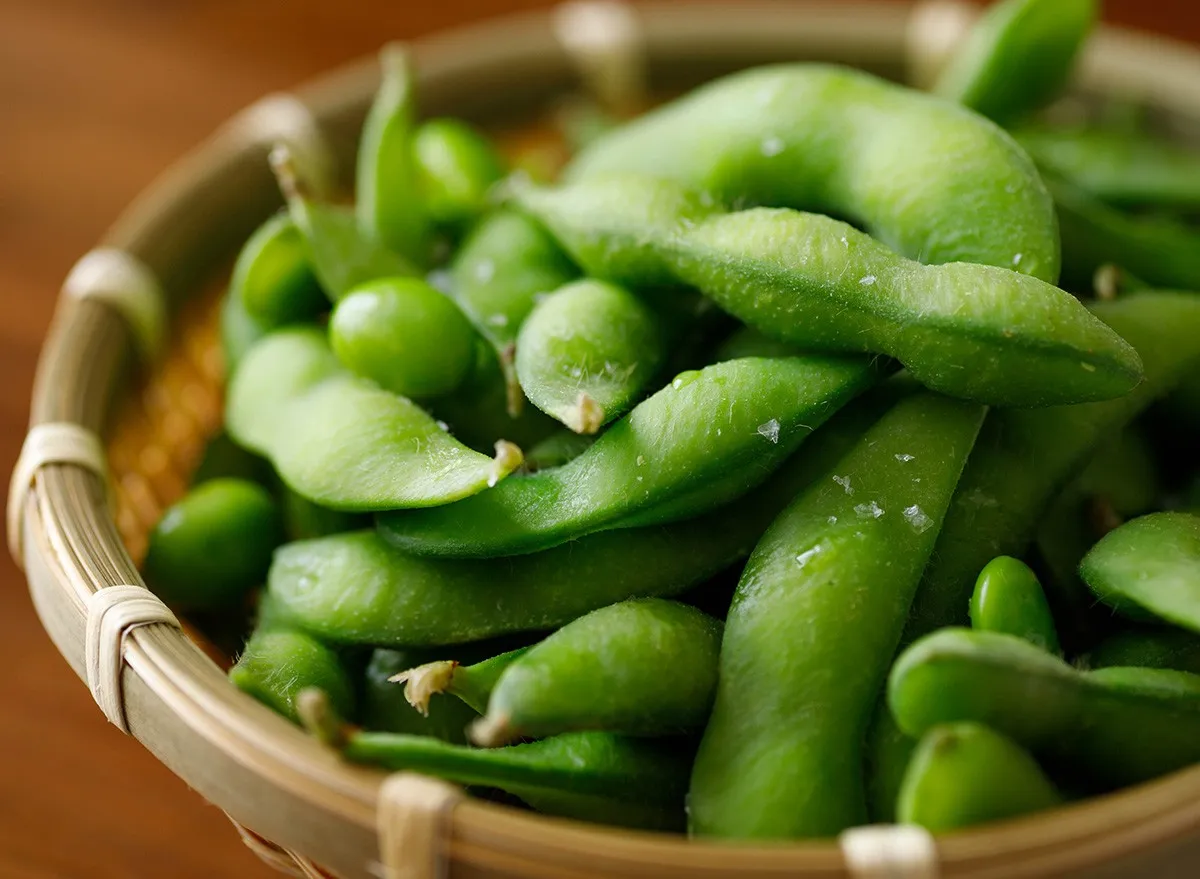
Her final example is edamame at 180 calories per serving. "We want at least 18g of protein," she says. "It has 18g of protein = Great plant-based protein!"
RELATED: I'm a Nutritionist and These are the Best Banana Recipes For Weight Loss
Bottom Line
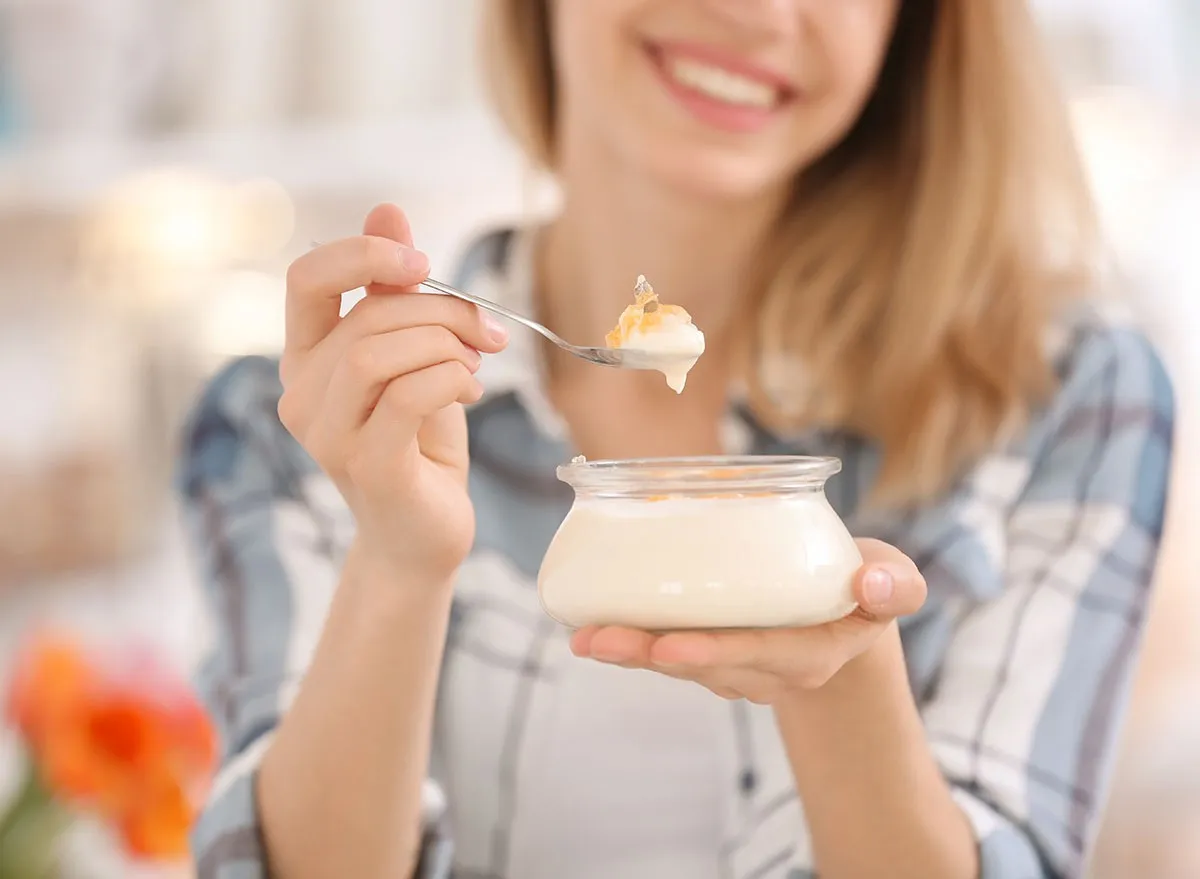
The bottom line? Her hack easily differentiates high-protein foods from the rest. "If a food has more protein than the number you get after dropping the last digit, it's a great protein source! If it's way under, it's not a high-protein food," she writes. And if you enjoyed this article, don't miss I'm a Nutritionist and Here Are 25 Weight Loss Truths You Need to Hear.




